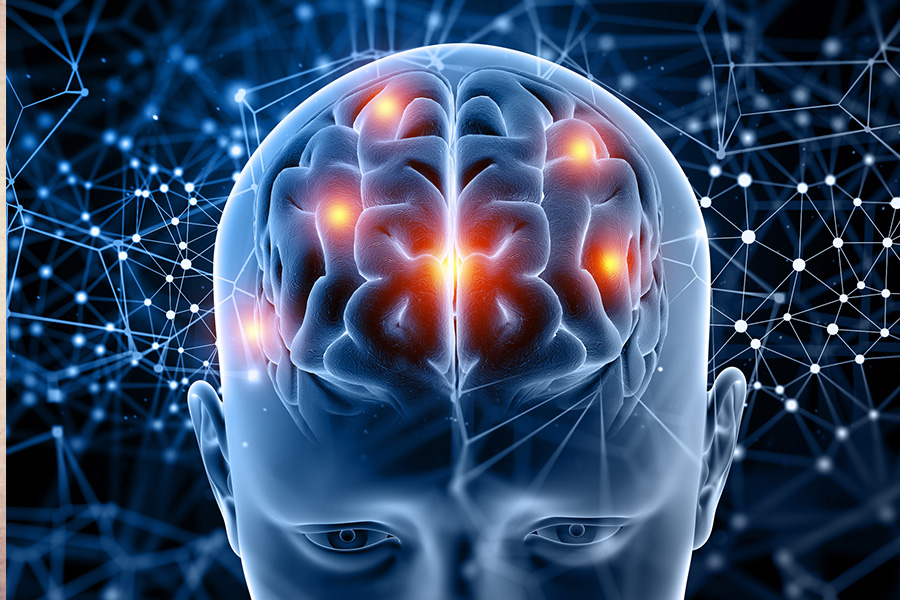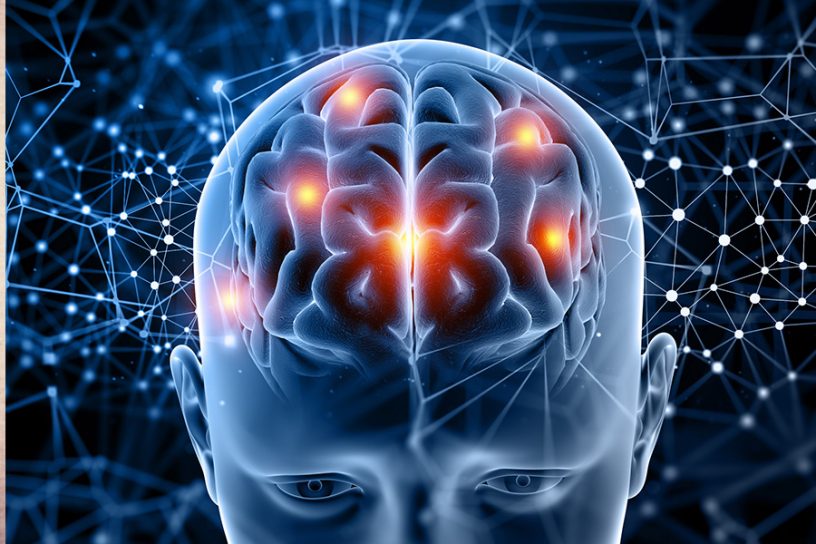
In this study, the researchers propose a set of eight tests to correlate fundamental rules of subconscious minds of a human subject follows based on which it constructs logical constructs for solving a problem.
Authors
Piyush Pranjal, Associate Professor of Practice (Management), Jindal Global Law School, O.P. Jindal Global University, Sonipat, Haryana, India.
Anindya Pattanayak, Organizational Behavior and Human Resource Management, Indian Institute of Management, Ranchi, Jharkhand, India
Tanusree Dutta, Organizational Behavior and Human Resource Management, Indian Institute of Management, Ranchi, Jharkhand, India.
Pushpendra Singh, International Center for Materials and Nanoarchitectronics (WPI-MANA) and Research Center for Advanced Measurement and Characterization (RCAMC), National Institute for Materials Science (NIMS), 1-2-1 Sengen, Tsukuba, Japan.
Pathik Sahoo, International Center for Materials and Nanoarchitectronics (WPI-MANA) and Research Center for Advanced Measurement and Characterization (RCAMC), National Institute for Materials Science (NIMS), 1-2-1 Sengen, Tsukuba, Japan.
Soumya Sarkar, Marketing Management, Indian Institute of Management, Ranchi, Jharkhand, India.
Anirban Bandyopadhyay, International Center for Materials and Nanoarchitectronics (WPI-MANA) and Research Center for Advanced Measurement and Characterization (RCAMC), National Institute for Materials Science (NIMS), 1-2-1 Sengen, Tsukuba, Japan.
Summary
Since the 1920s, drawing tests have been used to measure intelligence, maturity, and personality: in the later parts of the twentieth century, drawing tests were extended to estimate depression, schizophrenia, and the degree of Alzheimer’s. However, despite extensive literature on cognitive engineering, there is no grammar as generic rules for explaining drawing tests.
Most inferences are drawn based on experiences, intuitions, and medical test confirmations. Here, we propose a set of eight tests to correlate fundamental rules of subconscious minds of a human subject follows based on which it constructs logical constructs for solving a problem.
Based on the studies carried out on human subjects, we have proposed invariants or conservations across human subjects to interpret the drawing results and build technologies. Thus far, cognitive technologies of subconscious minds were limited to explore criminal minds. Our test protocol reveals generic rules of subconscious minds for engineering cognitive AI machines.
Published in: Proceedings of the Third International Conference on Trends in Computational and Cognitive Engineering pp 135–148, Part of the Lecture Notes in Networks and Systems book series (LNNS,volume 348).
To read the full article, please click here.


